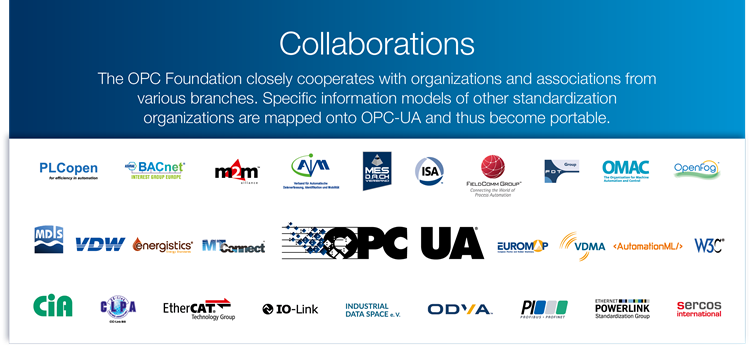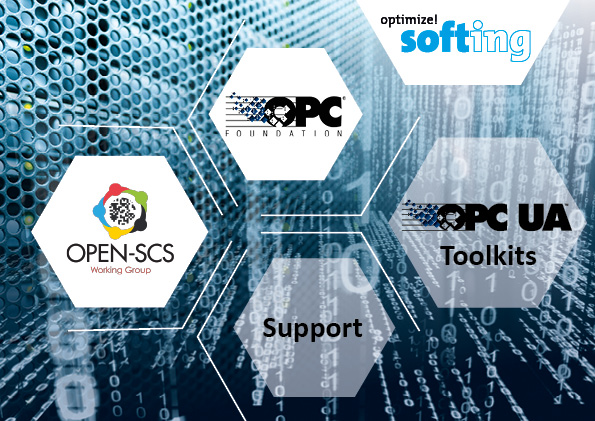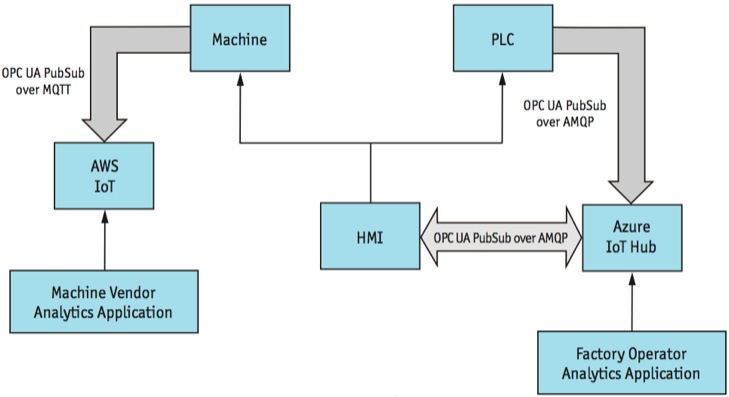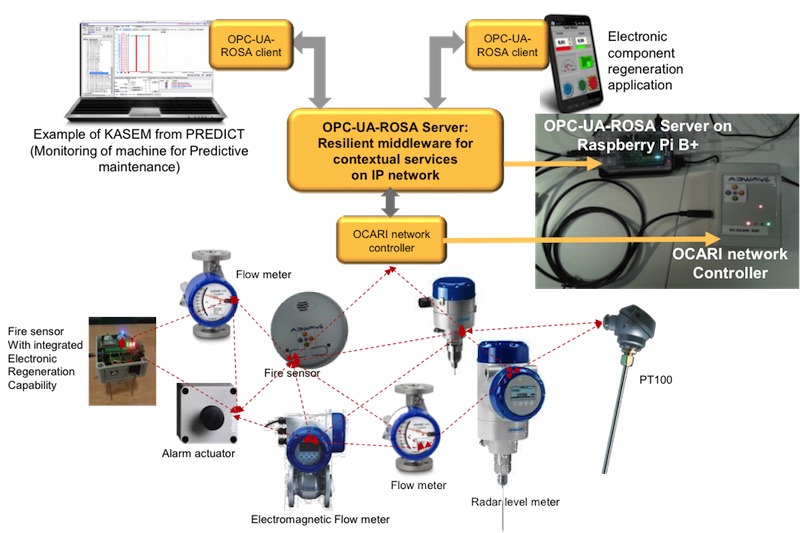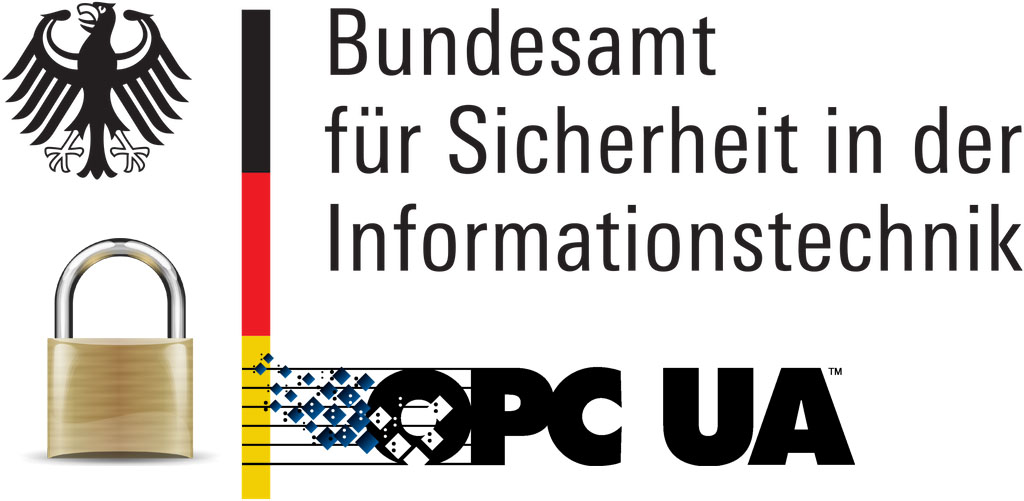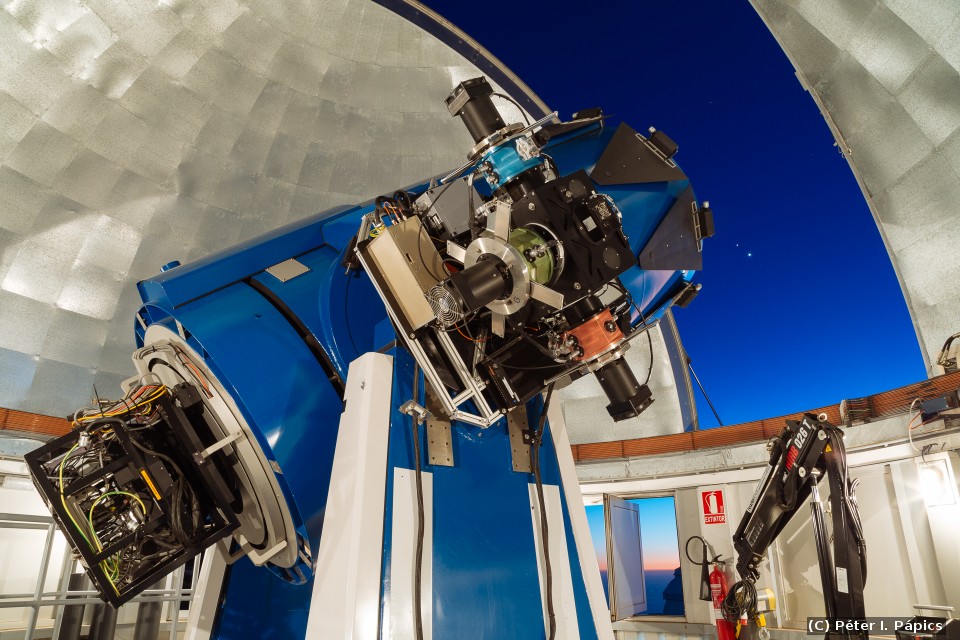Analyzing OPC UA Communications with Wireshark
As more and more companies are making the switch to OPC UA, it is becoming increasingly important to be able to view OPC UA communications. One of the easiest ways we’ve found here at Software Toolbox to analyze the communication between an OPC UA client and server is to use Wireshark. What follows is a tutorial.
